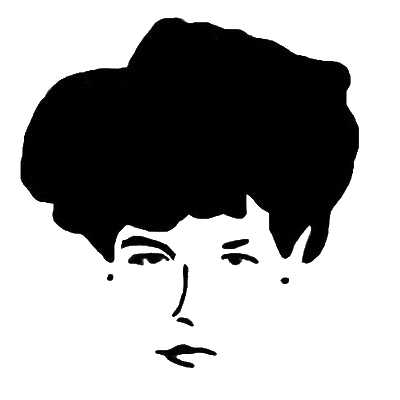Not being able to successfully interview bundles of joy, we may make the bold but reasonable guess that among the first things we learn about space, having very recently arrived in it, is that we can’t just leave it. We can move ourselves around in it, and we can be transported in it, but the fact is: we are here. Years go by. Not much is said about this strange and interesting situation—this hereness—explicitly, to babies, toddlers and children. What is said instead about space and our human place in it, by adults to children, is mostly a long and complicated narrative of how to move our bodies in a safe and respectful relationship to other people and things. This adult-generated stream of language, which generally completely bypasses the idea that space is itself a medium that can be experienced and responded to sensitively, for everyone’s benefit, is like an incantation that is darkly magical in that it makes space disappear. What is left is the notion that space does not exist but people and things do, and it is people and things that must be navigated to, from, and around, and it is people and things that represent hazards or pleasures, rather than the fact that space itself is a beautiful and powerful medium that we are connected in and through, and that space itself can, and should be, felt. Of course it is understandable that we adults should hold onto this rather short-sighted perspective. There are many wonderful things to focus on, here on Earth: the trees are lovely, the food tastes great, there are toys, and, not of least importance, other human beings are fantastically interesting and may serve as a warm, comforting ballast to cling to, and to help right ourselves, as we float along, more or less aware of our fundamental situation: that we are here, seemingly, through no fault of our own, and we will not be here in a similar fashion.
How to Make Space Disappear
Amy Fusselman
Amy Fusselman is the author of four books. Her latest, Idiophone, (2018, Coffee House Press) was a finalist for The Believer Book Award and the Krause Essay Prize. Her essays have appeared in The Washington Post, The New York Times, The Atlantic, The Believer, McSweeney’s Internet Tendency, ARTnews, and Ms., among other places. Her work has been translated into four languages. She lives in Manhattan with her partner, Frank, and their three children. She teaches creative writing at New York University.
